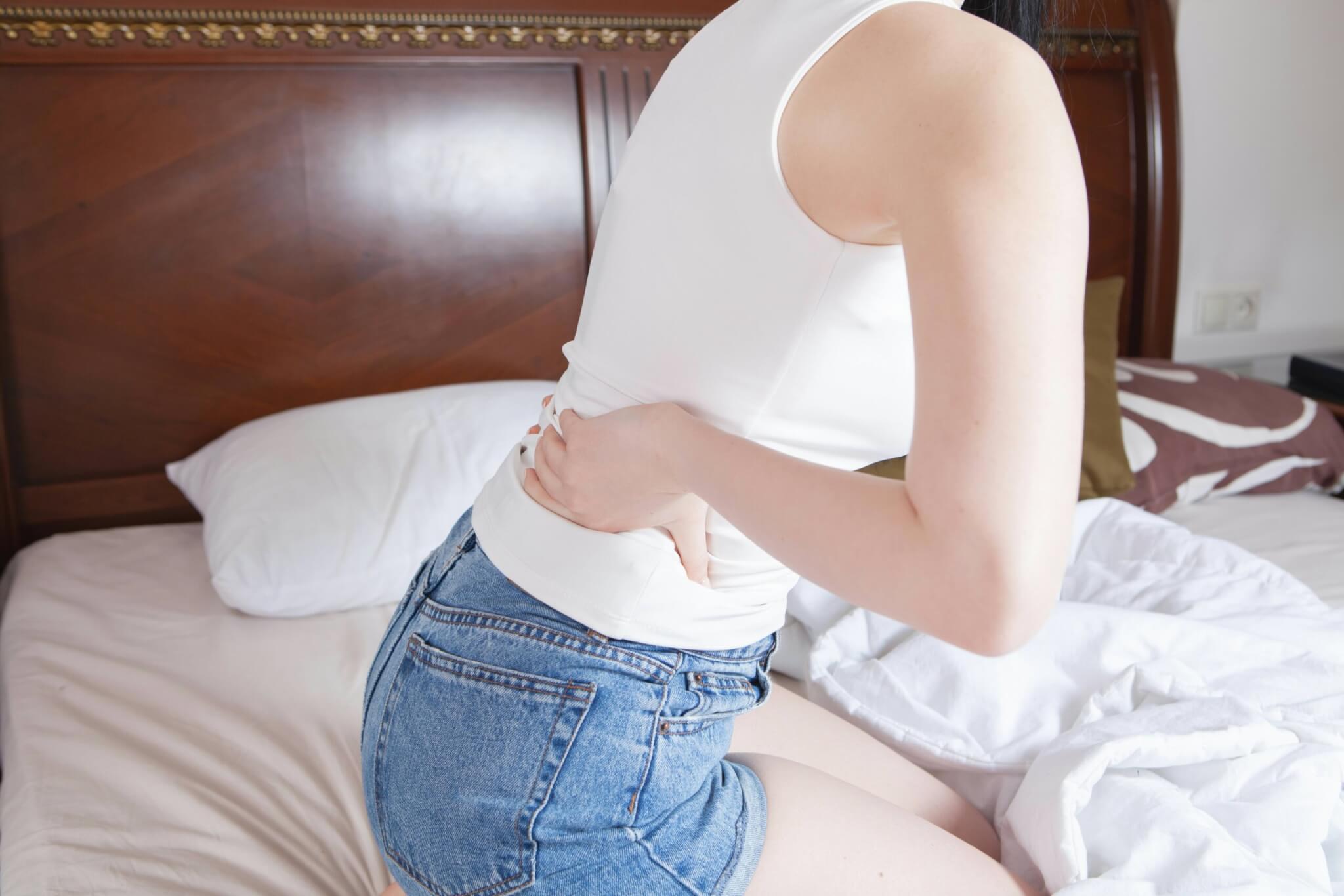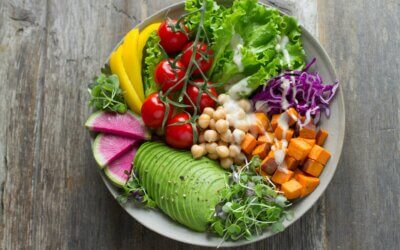If you have diverticular disease, you’ll know that dietary advice can be confusing — especially during a flare-up. As an Irish dietitian working with clients nationwide, one of the most common questions I hear is: What should I eat when my symptoms are active?
Here’s a clear, evidence-based guide for eating during and after a flare. This is not intended to replace any advice you have received from a healthcare professional and outlines general guidelines and advice given.
Understanding Diverticular Disease
Diverticular disease occurs when small pouches (diverticula) form in the bowel lining, most often in the colon. Many people have diverticula without symptoms — called diverticulosis. It’s common in Western countries and is often linked to a low-fibre diet and chronic constipation, which weaken the bowel wall.
When these pouches become inflamed or infected, it’s called diverticulitis. This can cause:
- Abdominal pain
- Bloating
- Fever
- Nausea
- Changes in bowel habits
During a flare-up, the gut is inflamed and needs time to recover. Some people may need antibiotics or hospital care.
What to Eat During a Diverticulitis Flare
1. Start with Clear Fluids
In the early stage of a severe flare, your GP or consultant may advise a clear fluid diet for 1–2 days, including:
- Water
- Weak black tea
- Clear broths (vegetable or chicken stock)
- Diluted pulp-free juices (apple or cranberry)
This allows the bowel to rest with minimal digestive strain.
2. Progress to Low-Fibre, Soft Foods
Once symptoms begin to ease, you will likely be advised to move to a low-fibre diet such as:
- White bread or plain toast (without crusts)
- White rice or pasta
- Mashed potatoes (no skins)
- Boiled, poached and scrambled eggs
- Well-cooked root vegetables (peeled)
- Plain yoghurt or cheese
- Lean chicken or white fish (no skin, bones, or heavy seasoning)
Stay on this diet for a few days, or as advised by your healthcare team.
3. Prioritise Hydration
If you’ve had diarrhoea or fever, rehydration is key. Aim for 1.5–2 litres of fluids daily, unless otherwise instructed by your GP.
Foods to Avoid During a Flare-Up
- High-fibre foods (wholegrains, raw fruit/veg, nuts, seeds, legumes)
- Tough or fatty meats
- Spicy, greasy, or fried foods
- Caffeine and alcohol
These can irritate the gut or worsen inflammation.
After the Flare: Fibre Is Your Friend
When you’re symptom-free or when advised by your doctor, you can gradually reintroduce fibre-containing foods again, for example:
- Porridge oats
- Wholemeal breads and cereals (e.g. Weetabix, Bran Flakes)
- Lentils and beans (start with small amounts)
- Fruit and vegetables with skins (as tolerated)
Increase fibre slowly over 1–2 weeks and drink plenty of fluids.
Extra Tips for Managing Diverticular Disease
- Keep a food and symptom diary to identify triggers
- See your GP for ongoing or severe symptoms
- Seeds in fruit and veg (like tomatoes or strawberries) are safe for most people once recovered
For personalised nutrition advice, book an appointment with a Webdoctor Dietitian. No referral needed and no waiting list. Speak with a CORU-Registered dietitian today.




